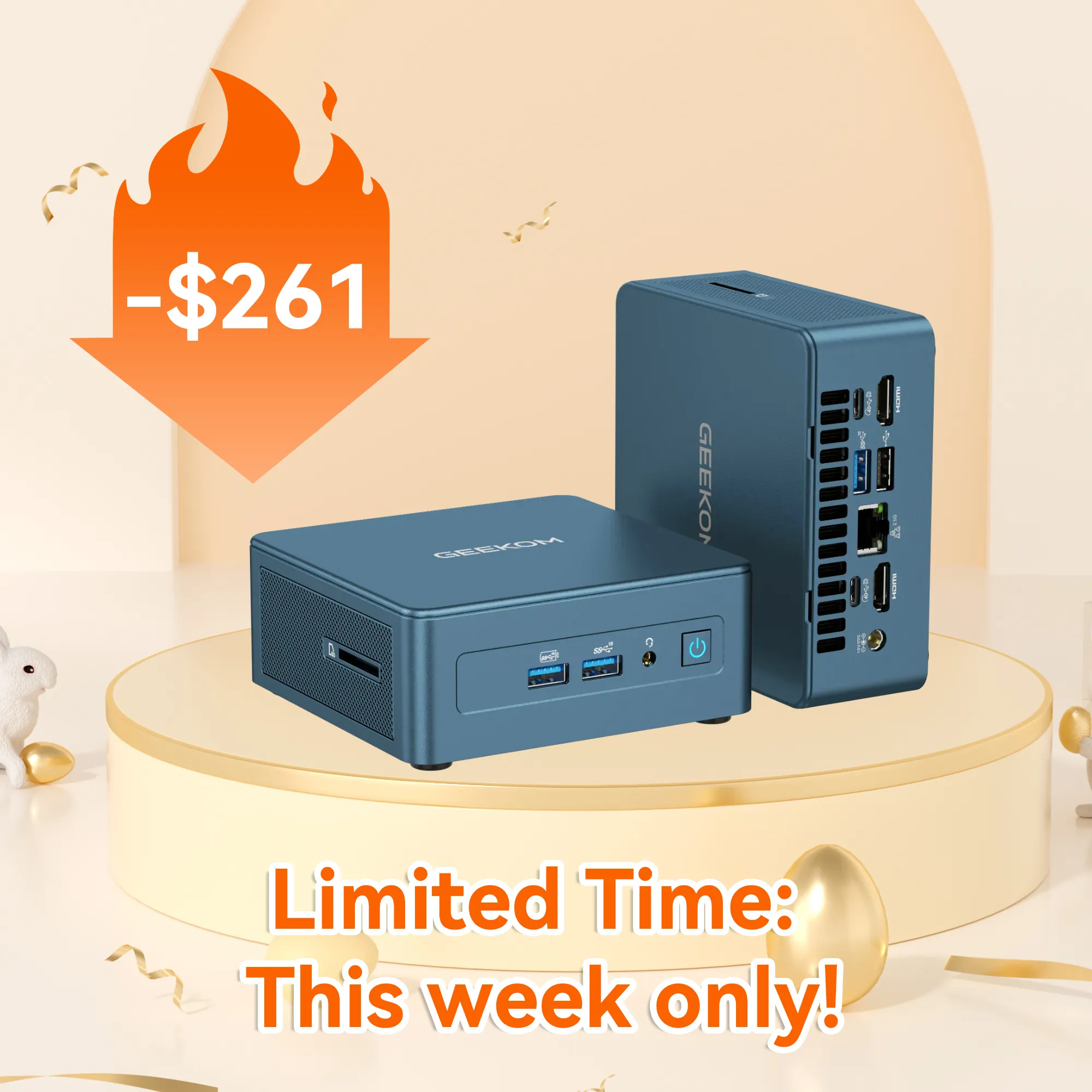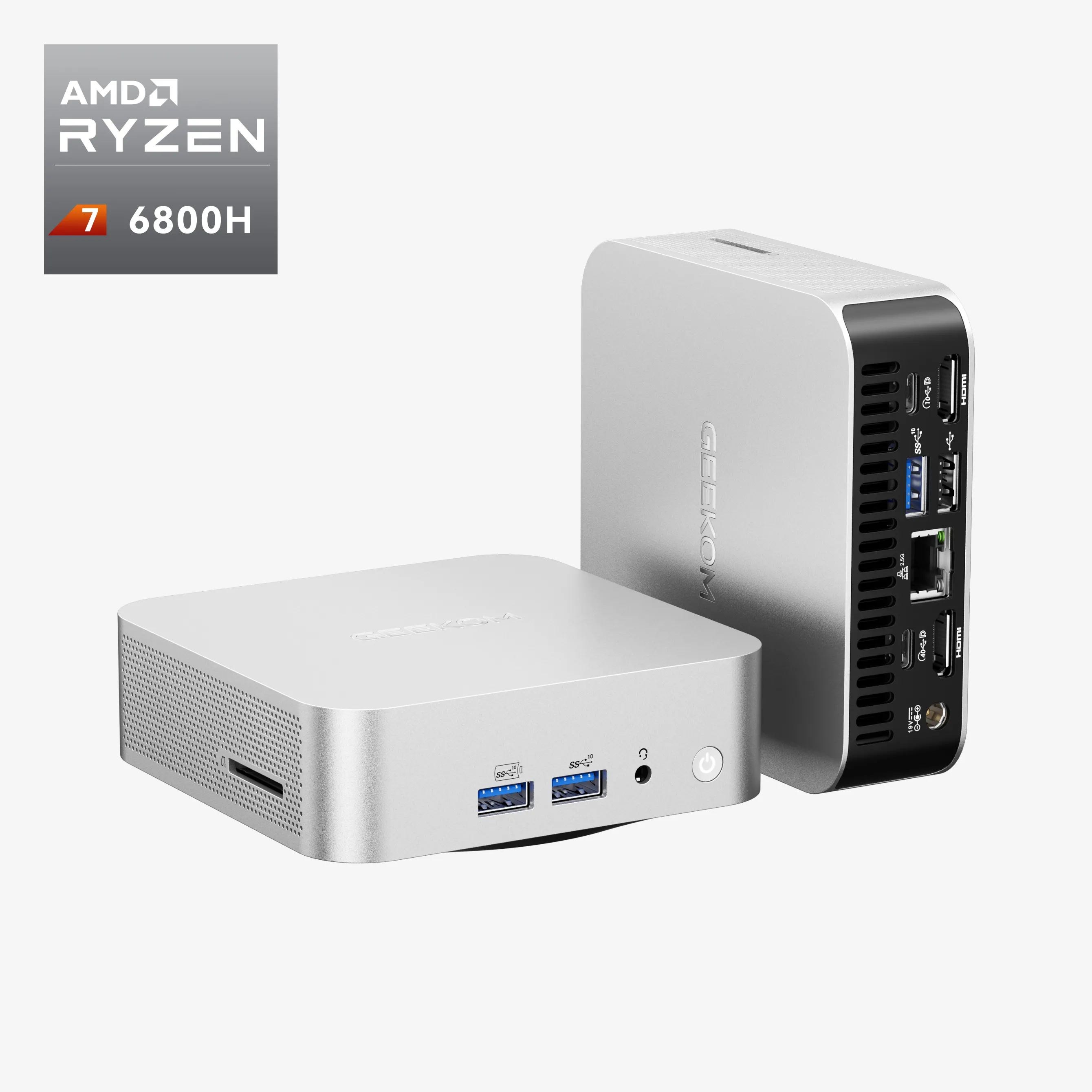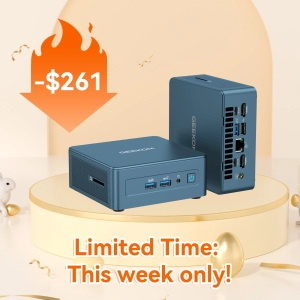Are you thinking about getting a mini PC? You can go through a lot of work to make sure your computer runs fast. Today, you can use a mini PC to get yourself out of the rut.
It is common knowledge that the emergence of mini PCs has come to replace traditional desktop computers. These devices may be small in size, but their functionalities are powerful. A mini PC comes with various customizable hardware specifications that operate well and handle a wide variety of tasks.
There are numerous options to choose from to get the best mini PC. We’ll provide you with three ways of getting a Mini PC and save you a lot of time and effort. Let’s dive in.
Build Your Mini PC
Building your mini PC from scratch is a challenging process, especially for a novice. It is an even more daunting task trying to acquire the right hardware components you need to build a powerful computer.
Do not worry! We’ll try simplifying the process for you.
Here’s what you need
Building your mini PC is no different than the traditional computer that you can build – it’s just smaller in size, lightweight, and with fewer components. Depending on your PC build/preference — whether you want to use it for gaming, video editing, or productivity—you’ll want to carefully select the right hardware components and carefully match them for compatibility.
Here’s a brief overview of the basic components needed to build a mini PC, regardless of your experience level:
- A small form factor motherboard to connect your computer components. The commonly used motherboard is the Mini-ITX.
- An ARM-based CPU: It is small and energy-efficient and performs data-based operations.
- Heatsink or fan: to cool your CPU.
- Memory: There are two types of memory for storing data: Read-only memory (ROM) and Random-access memory (RAM).
- Flash memory storage to hold information.
- Power supply: Power your mini PC, e.g., an ATX or SFX power supply.
- GPU for great visuals: Building a mini PC with the option to add a discrete graphics card opens up a world of customization and power in a compact form. The GEEKOM Mini FUN11 mini PC supports up to 321mm discrete graphics cards, accommodating high-performance options like the AMD Radeon™ RX 6000 Series or GeForce RTX 30 Series. Perfect for gamers and creators needing top-tier graphics performance without sacrificing space.
If you have the required hardware components set, here is a Bitwit step-by-step guide to give you a clue on how to build your PC.
Assembling your mini PC hardware has many advantages, making you understand its mechanisms and how they work. Plus, it allows you to choose the parts that best match your needs, including the operating system and software of your choice. It also allows you to create a powerful computer that can handle heavy processing tasks.
The only downside to this method is that no one can really how to build your mini PC. Not unless I know exactly which hardware you’re using.
However, if you are not into DIY and want a ready-made mini PC, it is time to move on to the next option.
Buy a Barebone PC kit
A Barebone PC is a kit that you can buy, consisting of a motherboard and a processor. That’s about it. Occasionally you may come across a kit from a retailer that also offers storage or RAM. Otherwise, you can get the other parts you need—storage, RAM third-party hardware stores. You’ll also need an operating system. Consider installing the latest Windows 11 OS on your computer.
Why is Barebone mini PC a good choice?
Beyond saving your working space and money, Barebone PC is one of the easiest ways to get a mini PC. It is not only a customizable PC kit, but also you get to pay for what you need.
Here are some of the benefits of a Barebone PC kit:
- It fetches a lower cost compared to purchasing individual hardware components separately.
- It is a space-saving small form factor mini PC.
- There is a whole range of options out there now for you to choose from, from high-end to entry-level kits.
- User-friendly OS compatibility.
- There are not many technical requirements that you need to follow when building a Barebone PC kit.
Are there some downsides to buying a Barebone PC kit?
Yes. While there are multiple benefits of this PC kit, your choice of components also depends on the retailer.
- You need to find a good vendor for the motherboard and processor.
- It is difficult to tell whether the components you used are compatible or not, especially for NVidia and some AMD systems. Ensure that you read up on the specifications of the components that you purchased.
- Sometimes it requires more time than other options to assemble your PC.
It is crucial to do enough research before deciding which Barebone mini PC to buy. Regardless, the benefits of using this Mini-PC far outweigh any negative aspects you may face in doing so.
Buy a Ready to go mini PC
This is the simplest and most convenient way to get a mini PC, especially for a beginner and those who want to use the PC as it is. They may be small, but they pack enough power to do everything from web browsing, content creation, video editing, and gaming.
They are factory-prepped and can be set up in minutes with no hassle of building or customization. All you need to do is hook up the power cord and you’re good to go. These mini PCs come with pre-installed software, including Windows 11 OS.
Advantages of Ready to go mini PC:
- You can purchase them at a wide range of prices that fit your budget.
- They are easy to use, and you do not need to do any extra work to get them up and running.
- They are portable and lightweight.
There are some downsides as well:
- You don’t have full control over the machine’s hardware components and/or software configuration.
- They tend to be pricier, but the price depends on their hardware components, configuration, and shipping fees.
If you’re in the market for a ready-to-go PC, you should consider GEEKOM A7 Mini PC. It comes with a powerful Intel 8th Gen Core i5 that offers you an unparalleled performance to run the most popular applications, allowing for simultaneous multitasking at home or work, easy entertaining, audio and video playback, etc.
Why should you buy Mini IT8?
- Multiple connection possibilities via orts.
- Significant capacity for expanding.
- Has a pre-installed Windows 11 Pro.
- Sophisticated design and cheaper ($419.00).
Conclusion
Getting a mini PC is a good investment because you get a powerful system that will make your computing experience remarkable and is very portable. A good advice would be to do plenty of research before buying one and never rush into the market without looking for a better deal or assistance if new to PCs.
So, why wait? Explore the world of Mini PCs and unlock the potential of compact computing with a Mini PC from GEEKOM today!
























